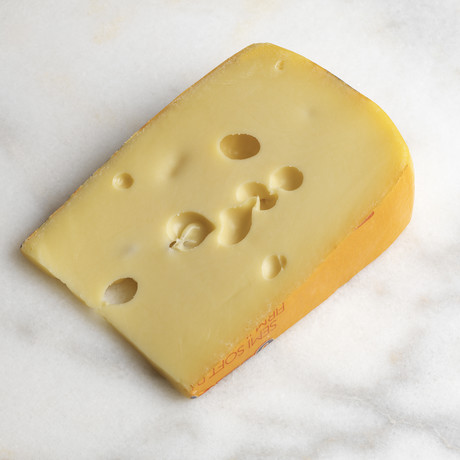How Listeria grows in foods

When cells are exposed to environments that are mildly stressful — such as a gradual increase in temperature — they develop resistance not only to this particular factor but to others as well, via a mechanism called “cross protection”. As a result, by 2050 it is estimated that more people will die from bacterial infections than cancer.
By studying how Listeria grows in foods — particularly when novel, milder processing techniques are applied — the University of Surrey’s BioProChem group is hoping to understand the mechanisms behind the development of antimicrobial resistance which could have implications for the food processing industry.
The research could provide useful information for food processors as antimicrobial resistance becomes an ever-increasing challenge. Conventional sterilisation techniques are being abandoned by food processors in response to consumer demand foods that have undergone minimal processing and have high nutritional value and sensory characteristics, which are lost during sterilisation. Food manufacturers are therefore looking at alternatives such as processing with natural antimicrobial compounds, ultrasonic treatment, hydrostatic pressure or milder heat treatment, which could all contribute to the increased development of antimicrobial resistance.
In the project, food products were remodelled so the researchers could examine how bacteria develop antimicrobial resistance in a highly controlled chemical and structural environment — in particular, how Listeria responds to nisin (a natural antimicrobial produced by lactic acid bacteria present in dairy products) and to heat in such a controlled environment. They found that in food models containing both proteins and polysaccharides, the bacteria grow exclusively on the protein, suggesting that Listeria has a mechanism which decides on where growth will take place.
“Our research could enable manufacturers to tailor products and processing techniques more effectively. The long-term aim is to ensure safety from ‘farm to fork’ and to find out how bacteria can develop resistance throughout the food chain as a result of a food’s specific chemical and structural properties, explained Dr Eirini Velliou, who has led the recent project at Surrey.
The research, led by the BioProChem group within the Department of Chemical and Process Engineering, has been published in the International Journal of Food Microbiology. It was conducted in collaboration with Surrey’s School of Biosciences and Medicine and KU Leuven in Belgium.
Refrigerant guide for heat pump selection
The Australian Alliance for Energy Productivity has developed a refrigerant guide for heat pumps...
Call for comment on use of a nutritive substance in infant formula
Food Standards Australia New Zealand (FSANZ) is calling for comment on an application to permit...
GM-sourced processing aid for brewed beverages, call for comment
Food Standards Australia New Zealand (FSANZ) is calling for comment on a GM-sourced processing...











